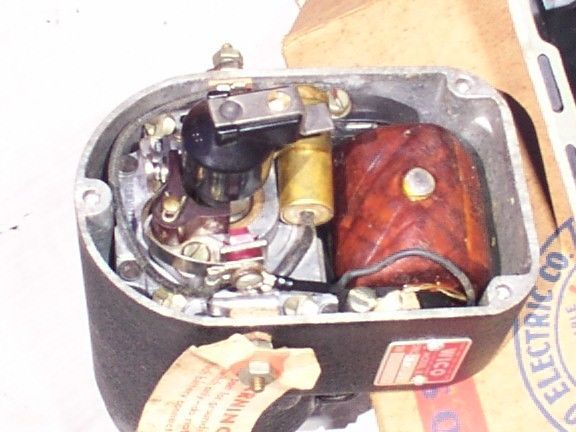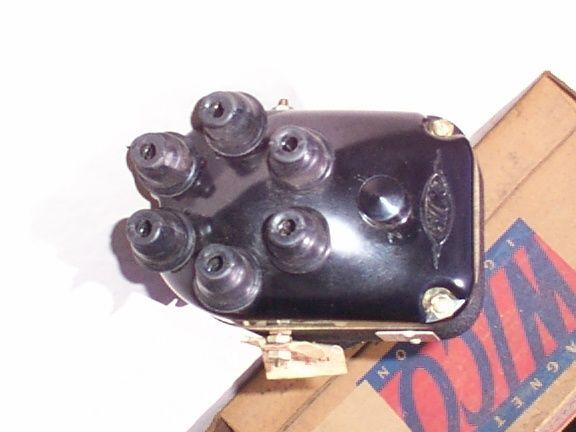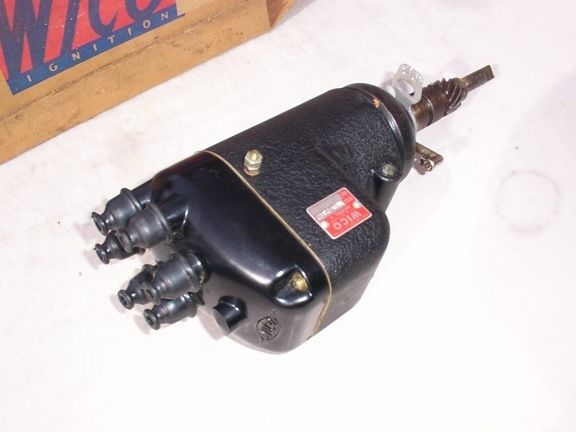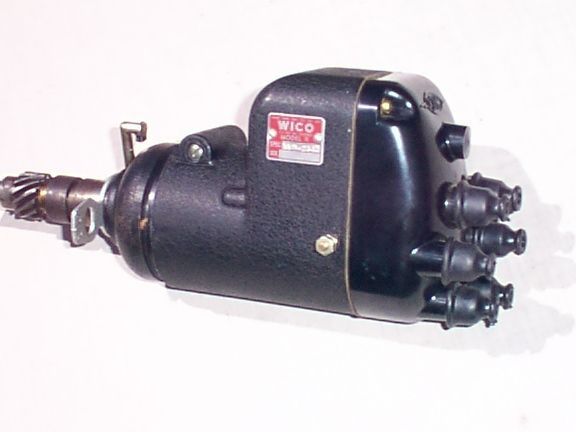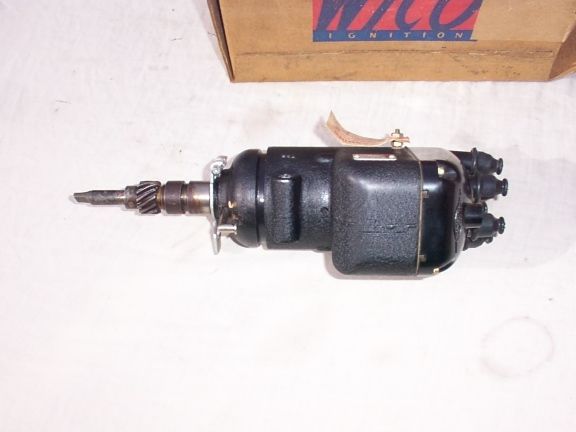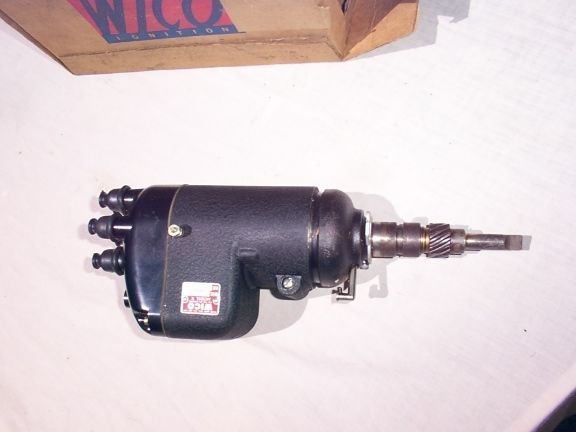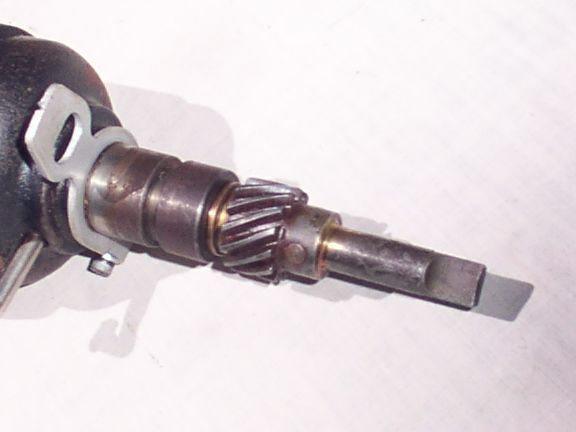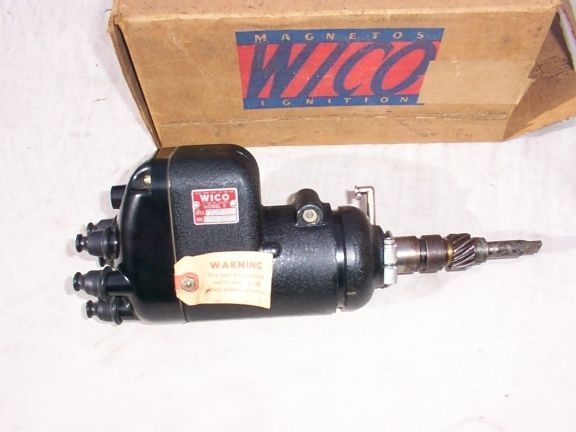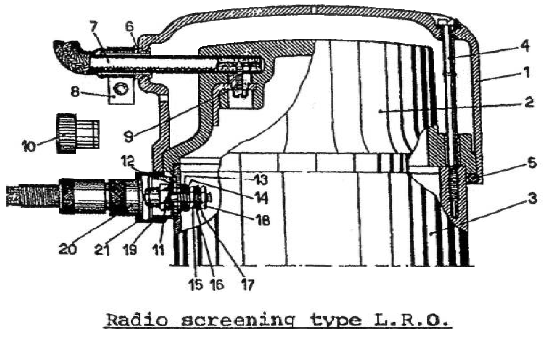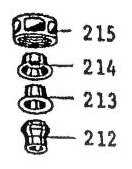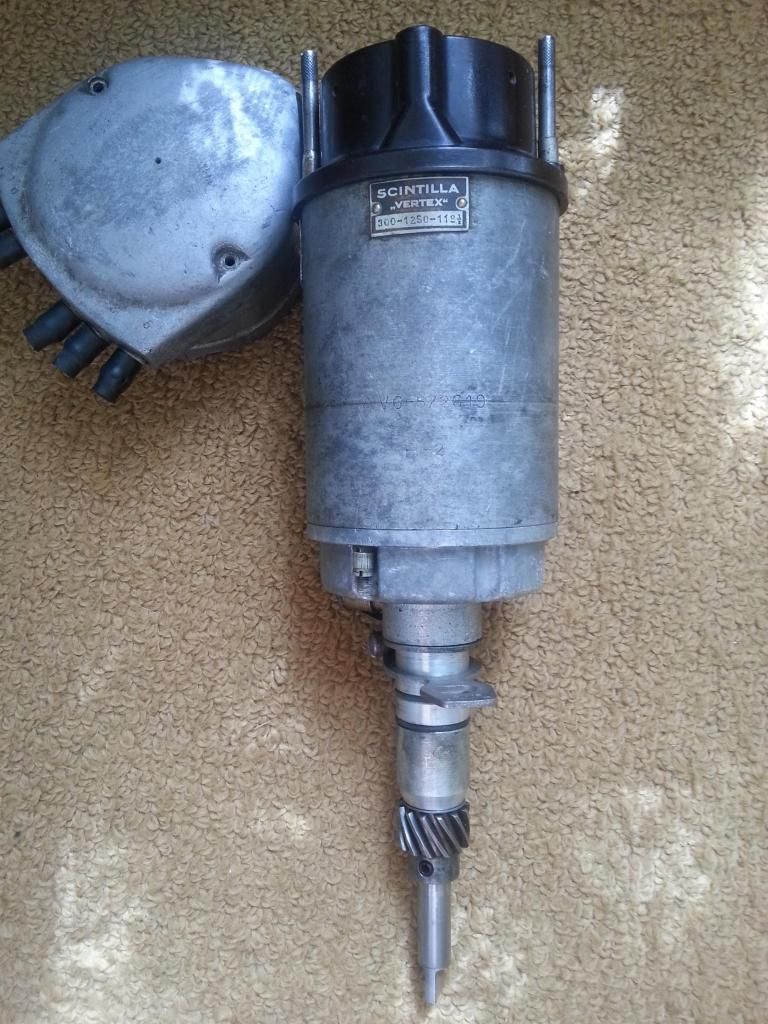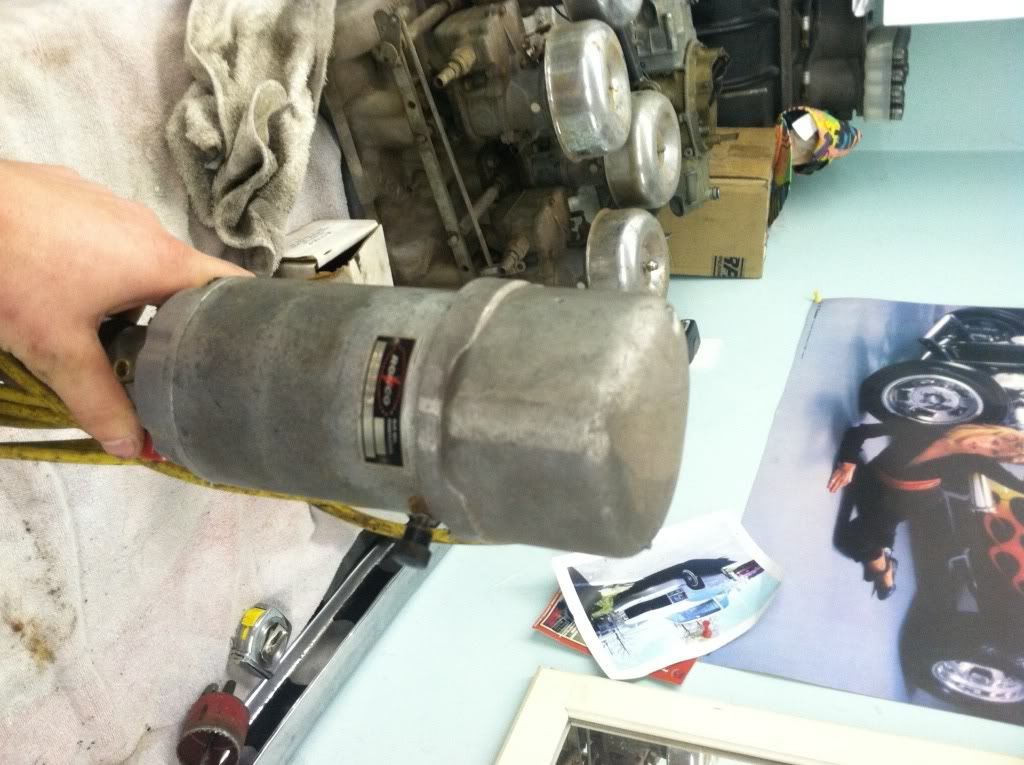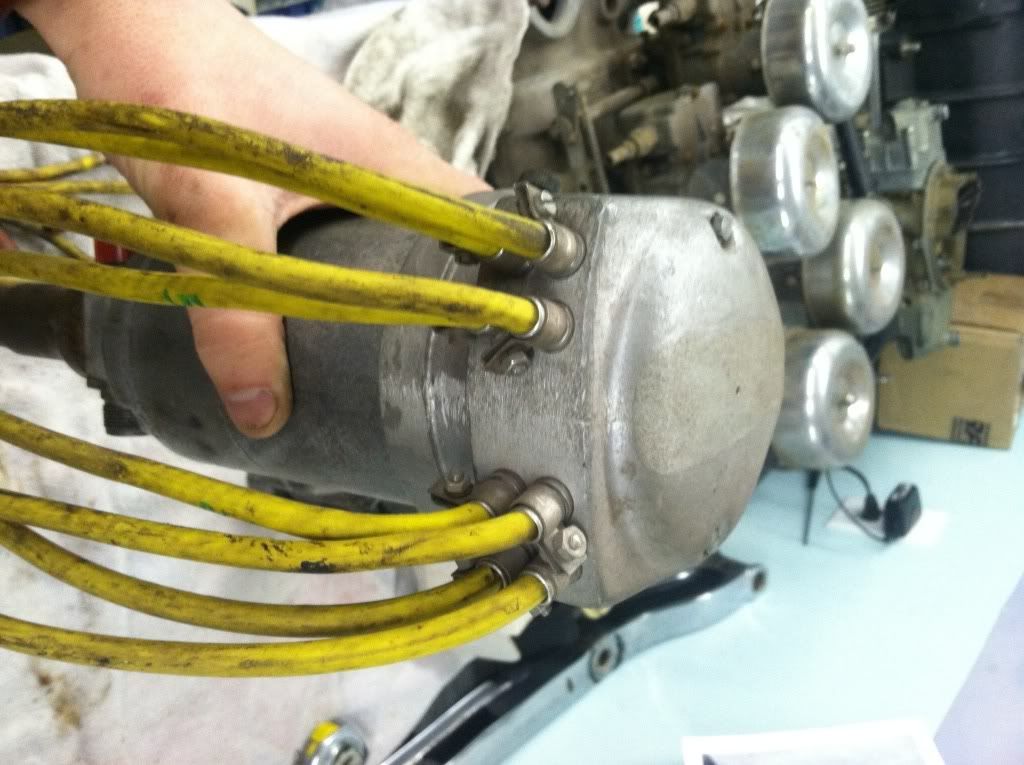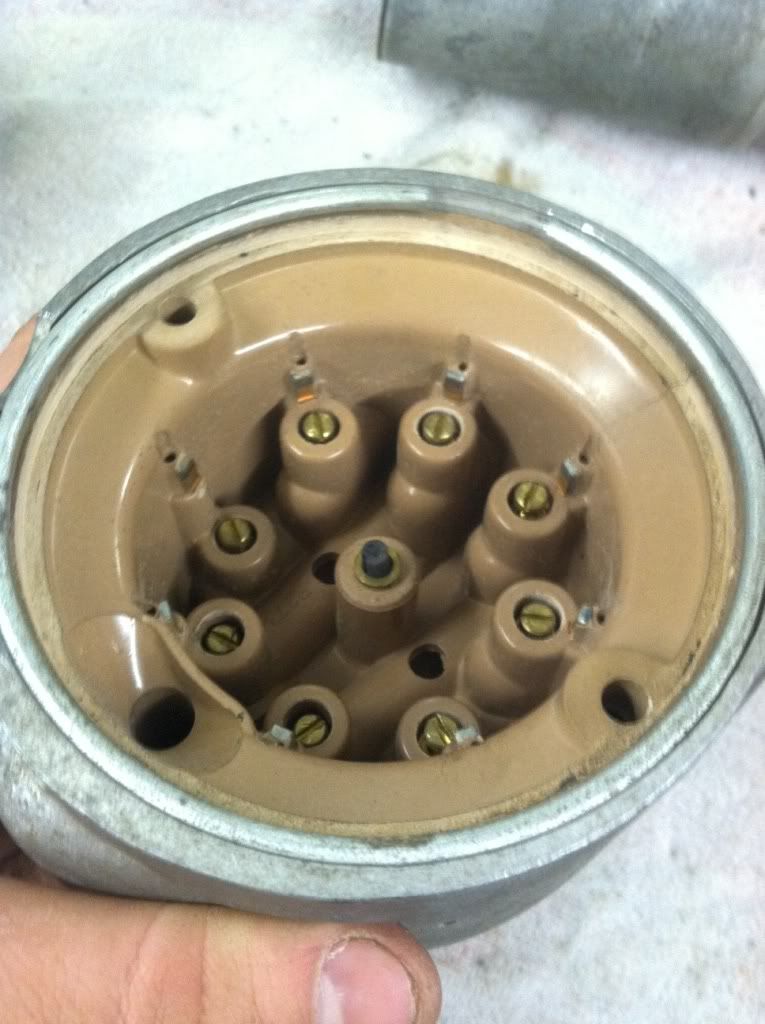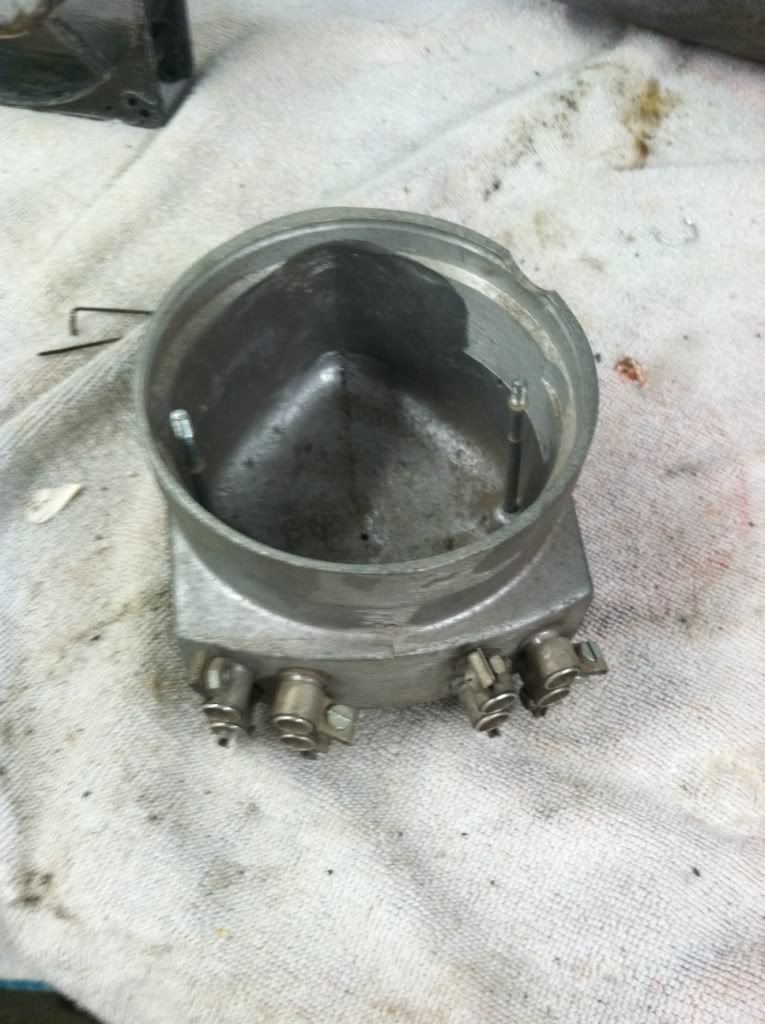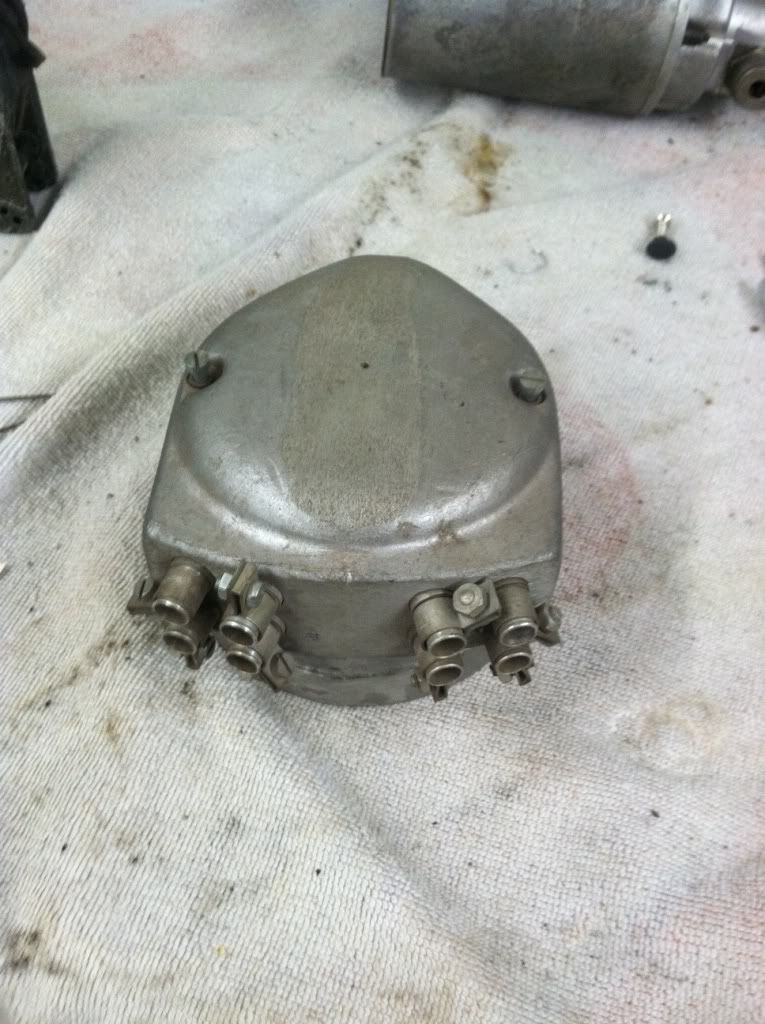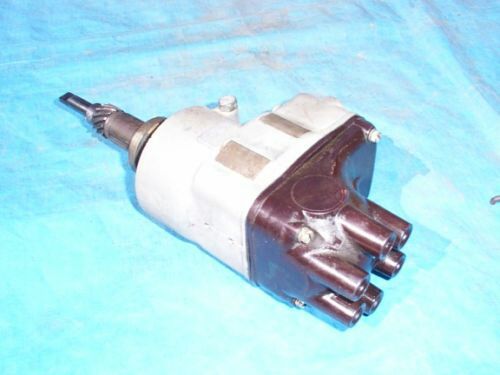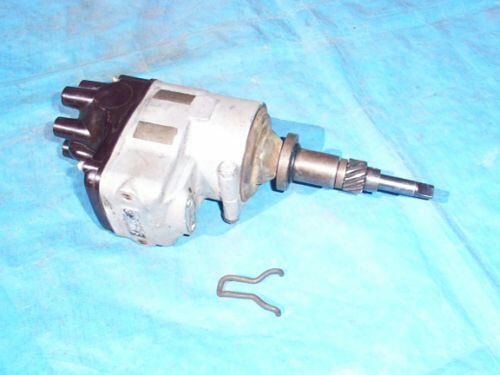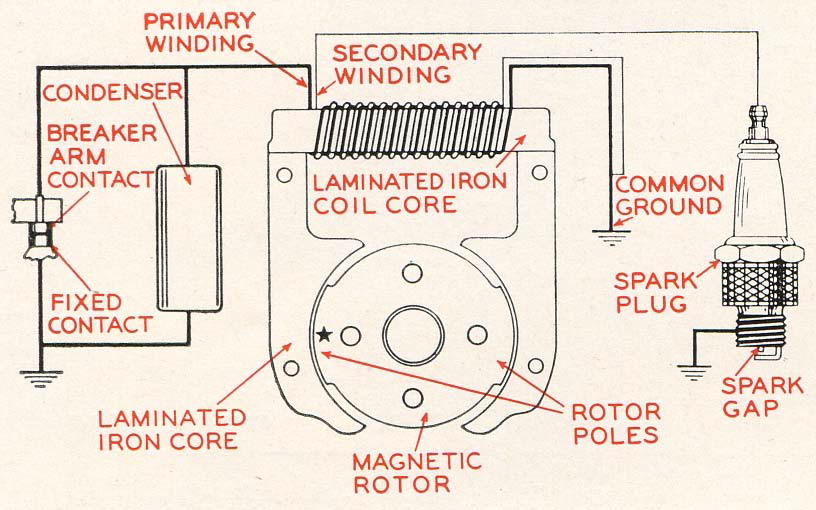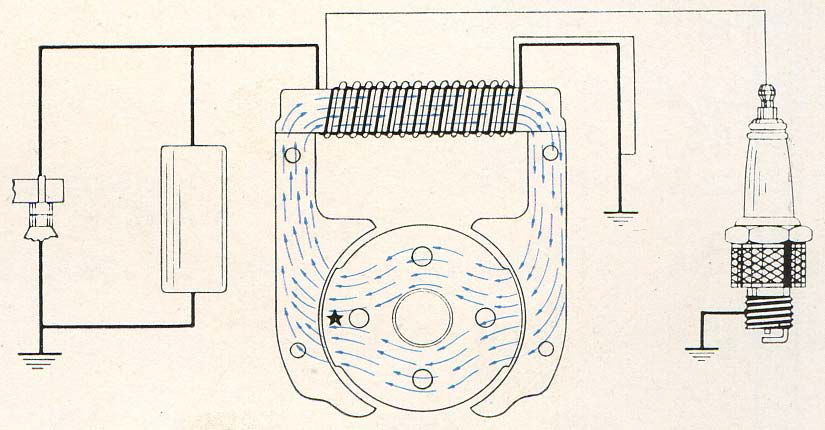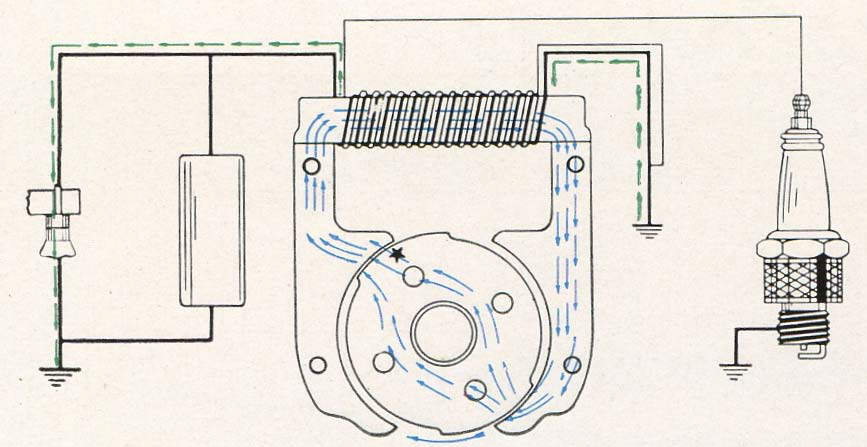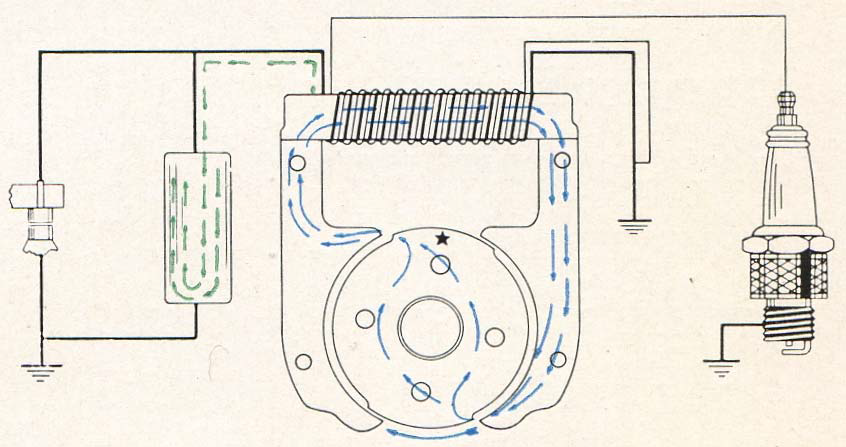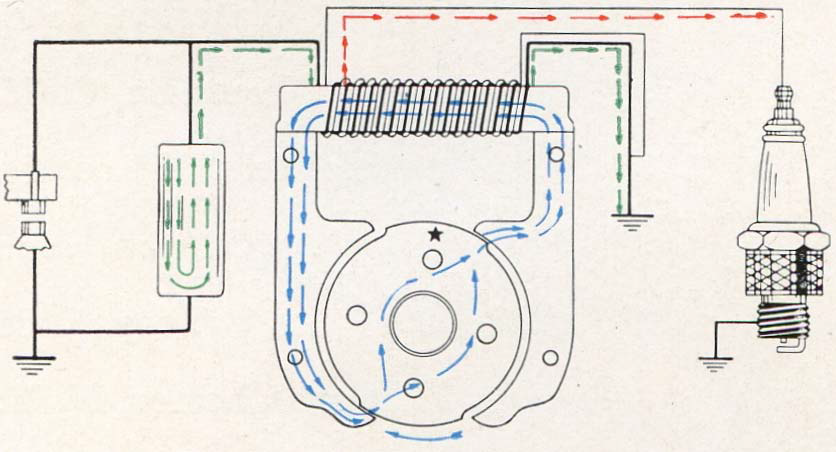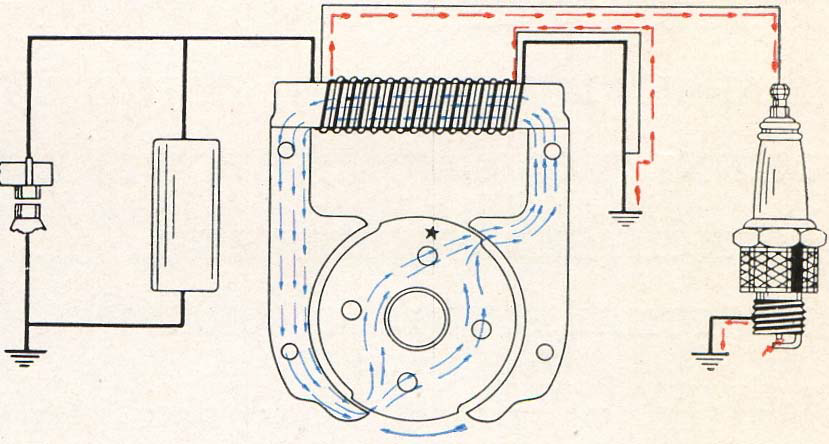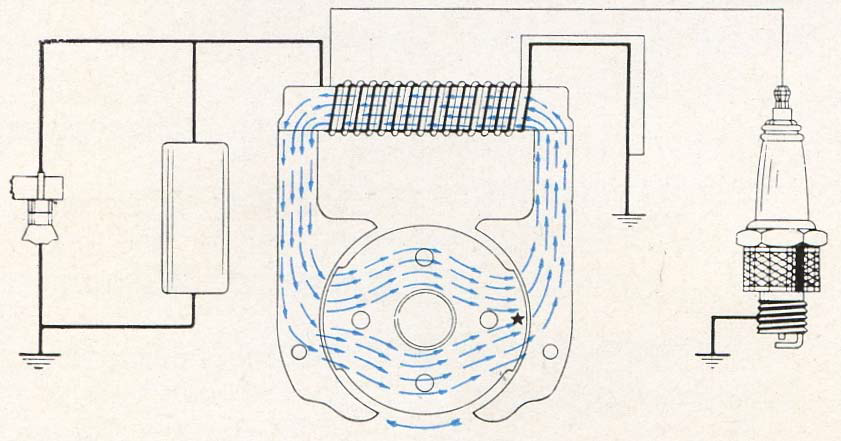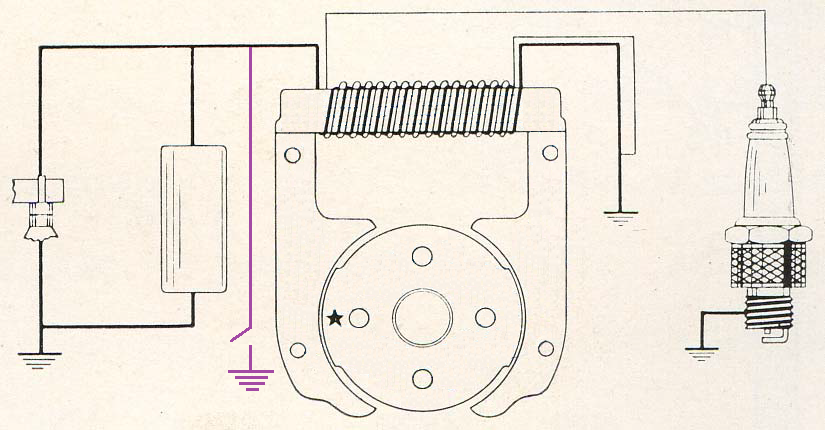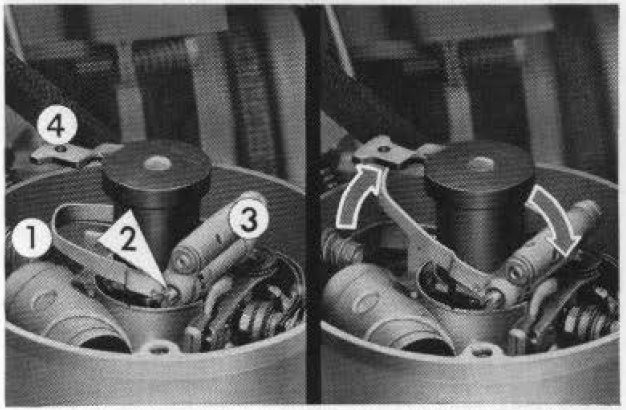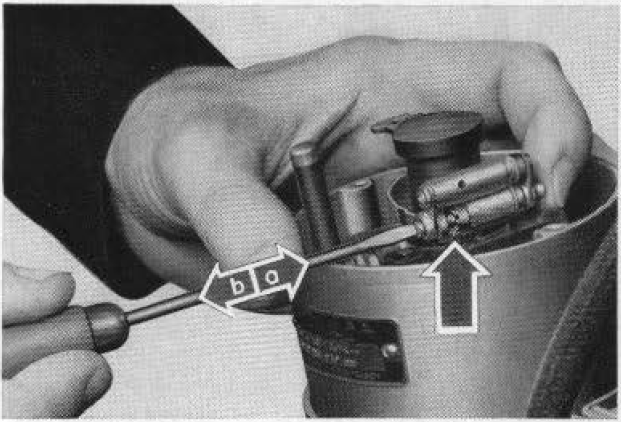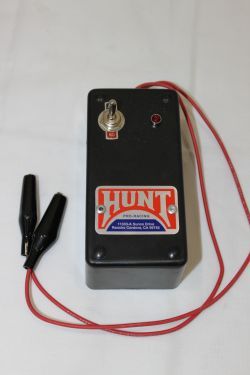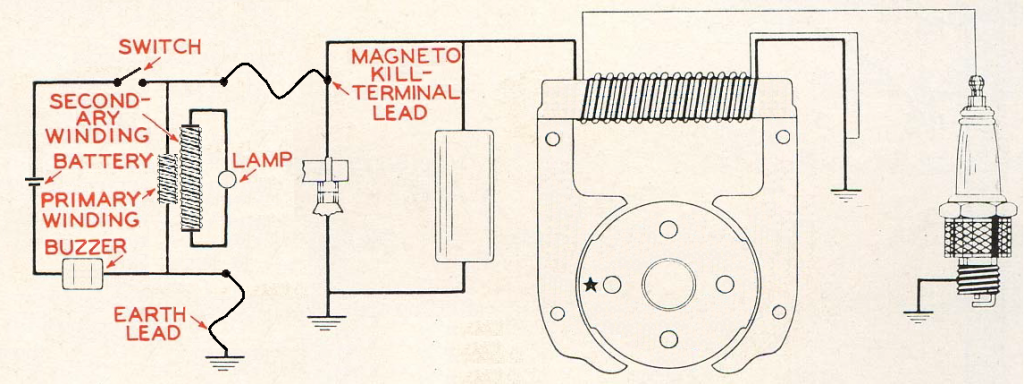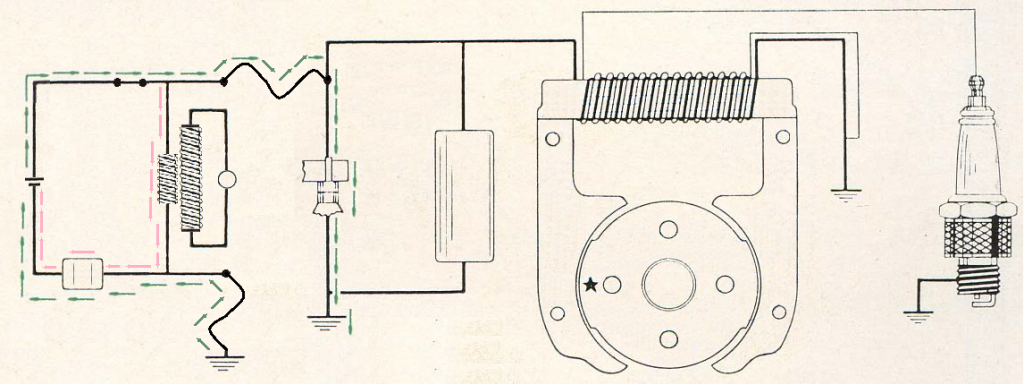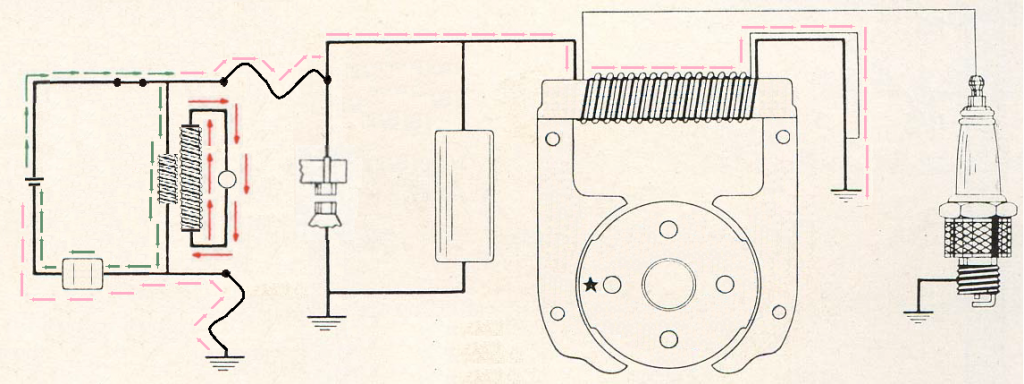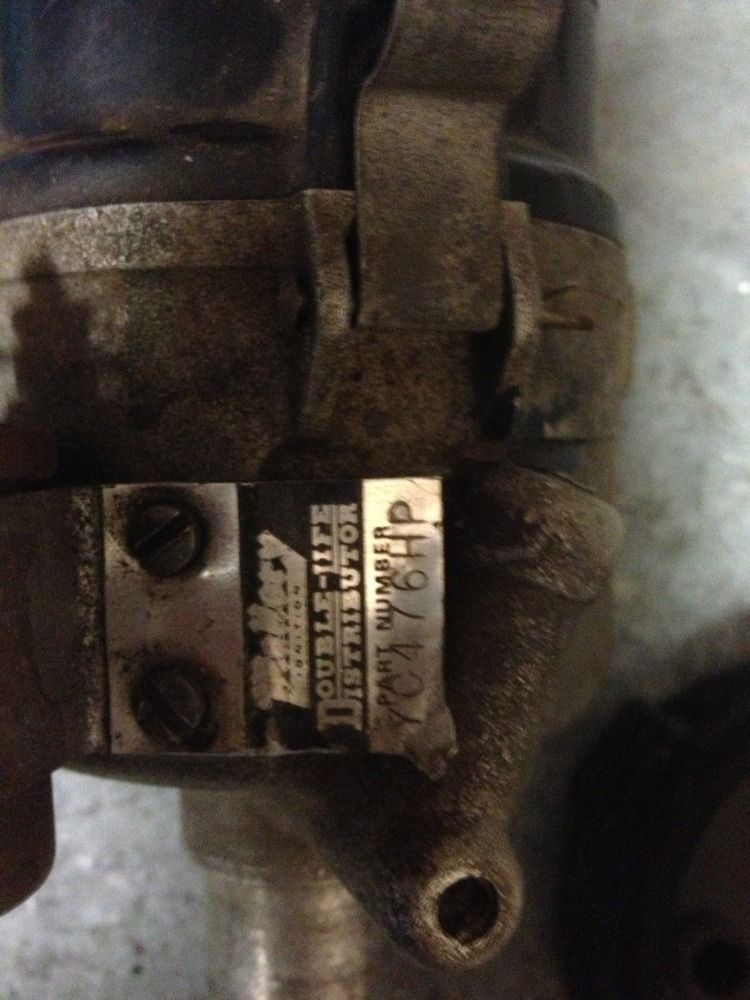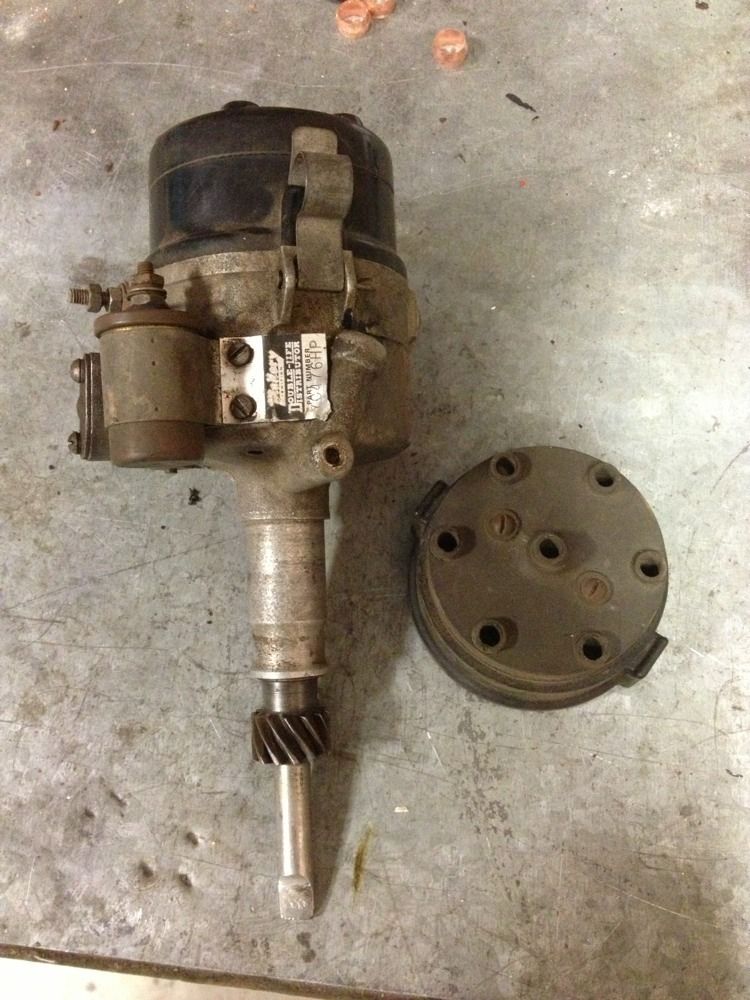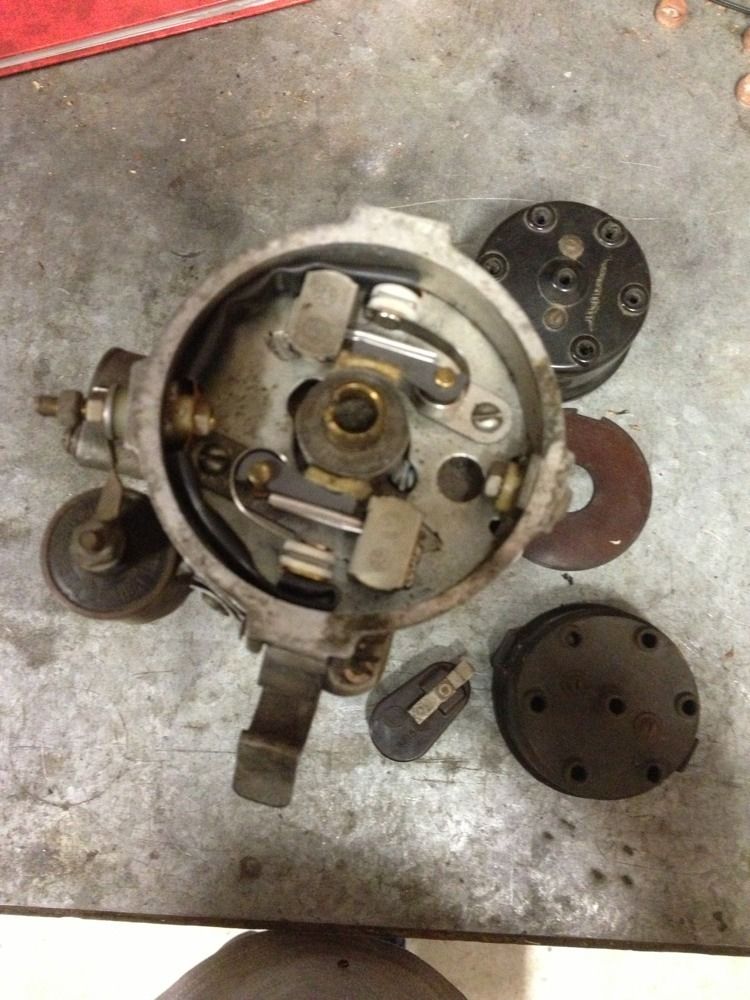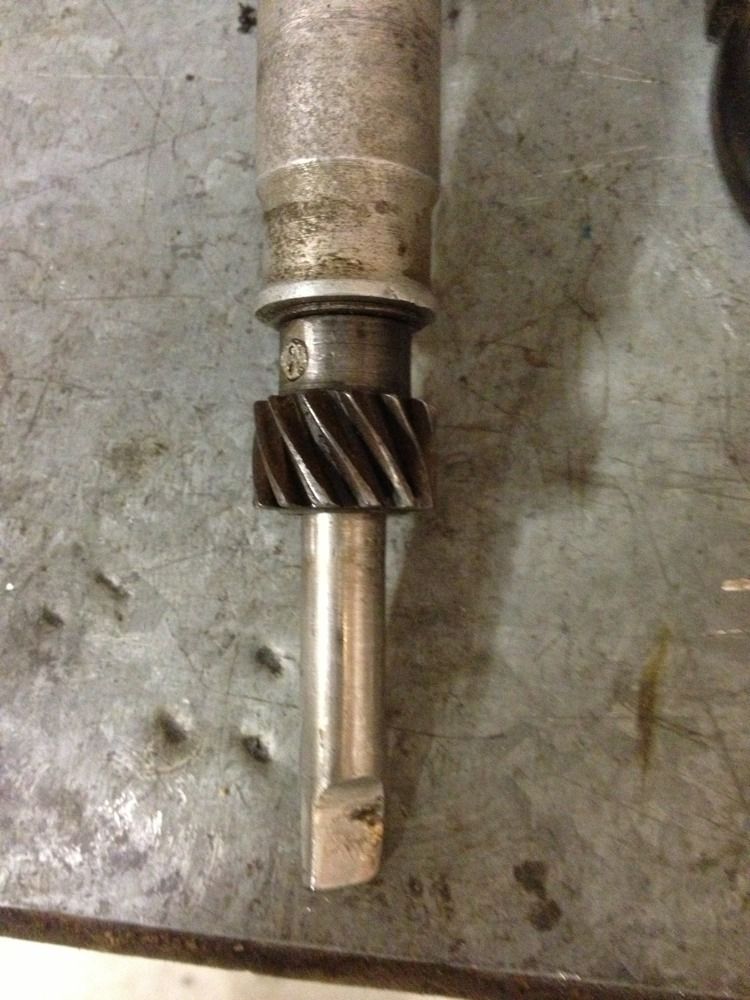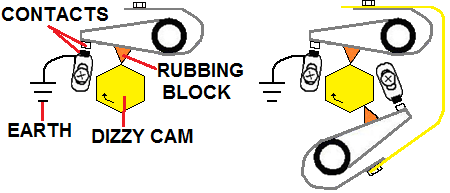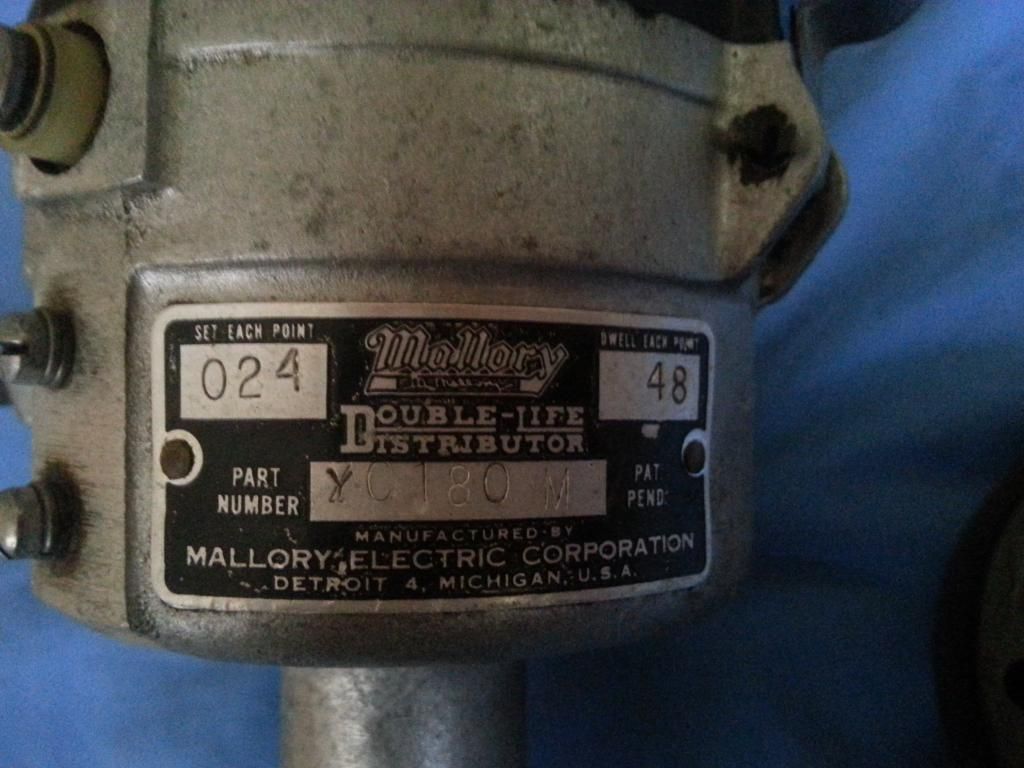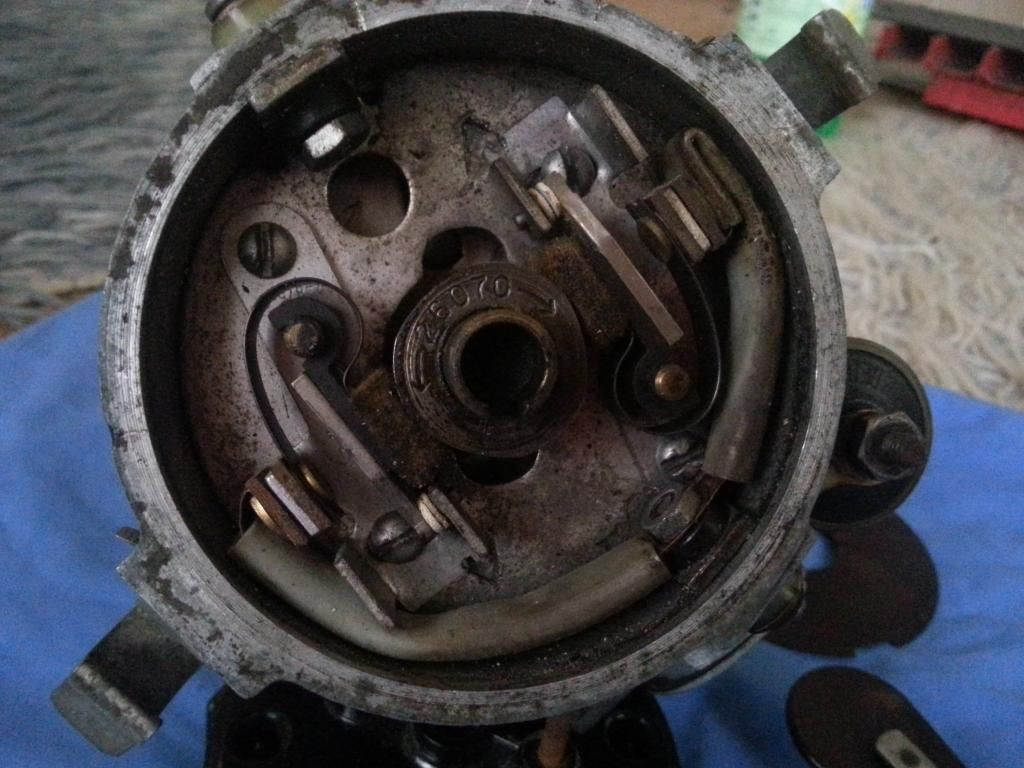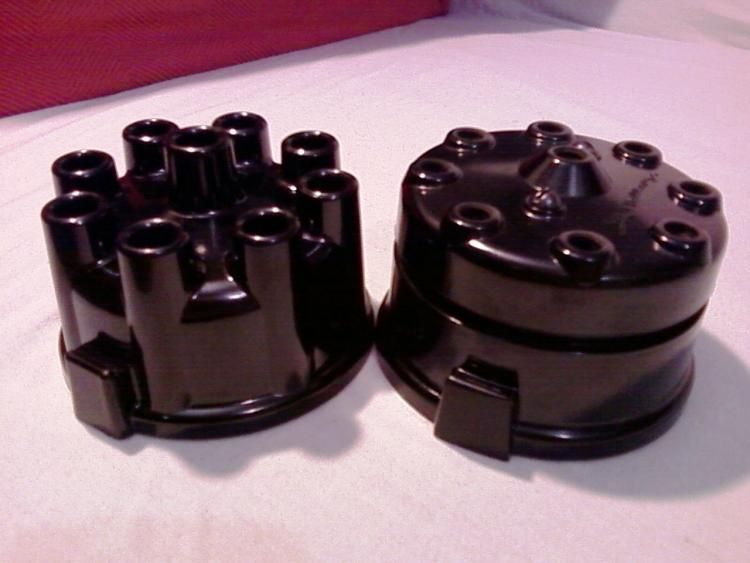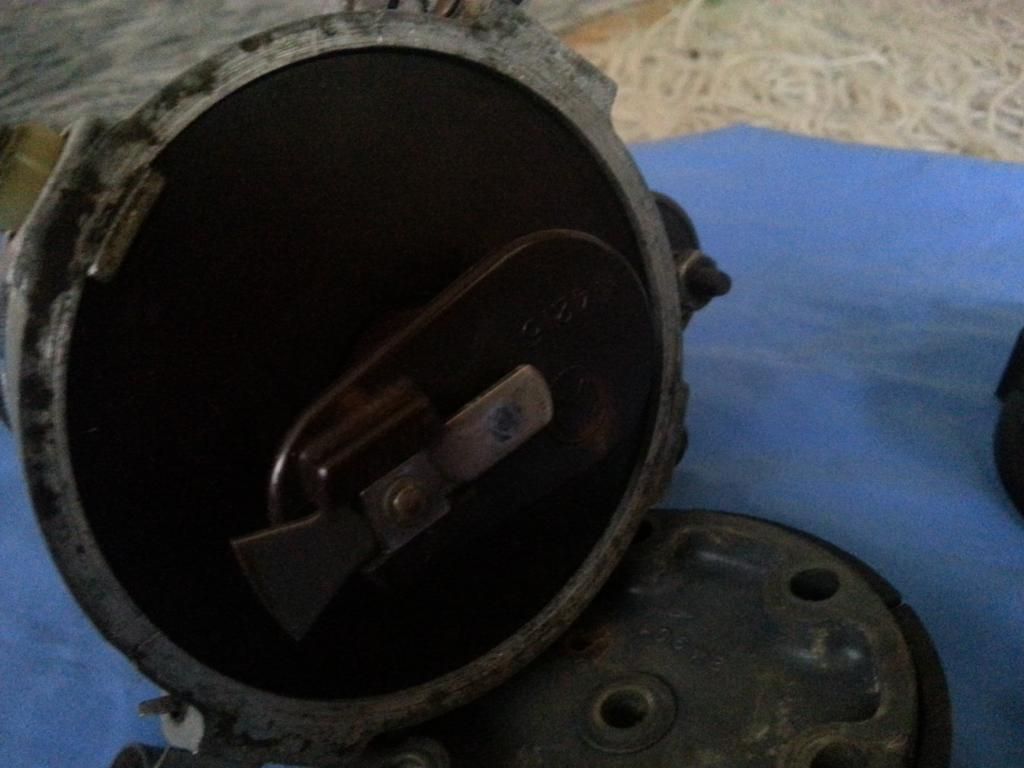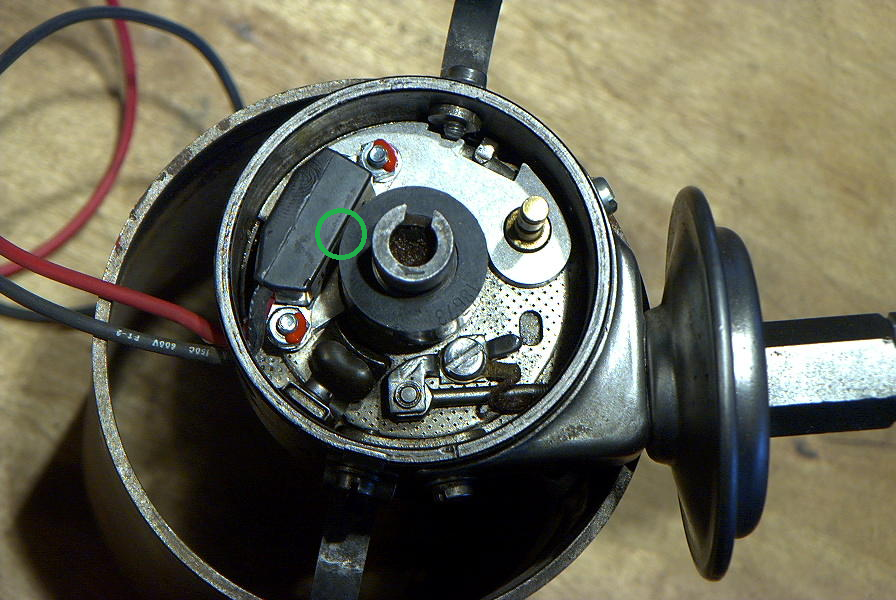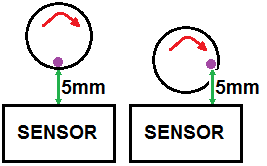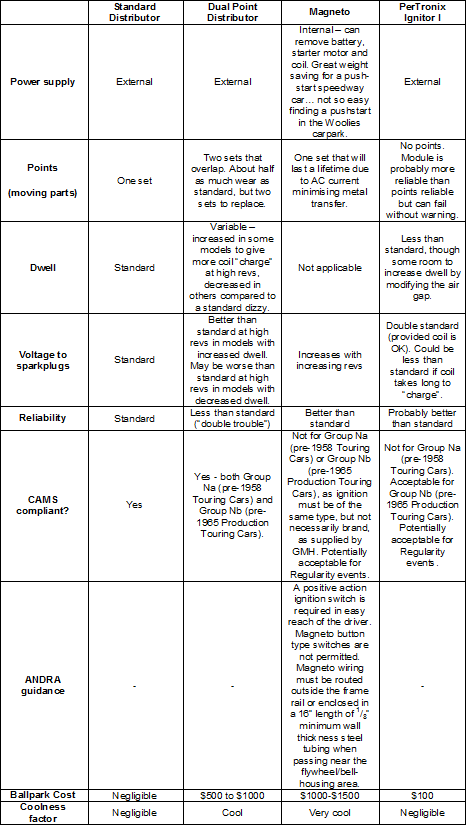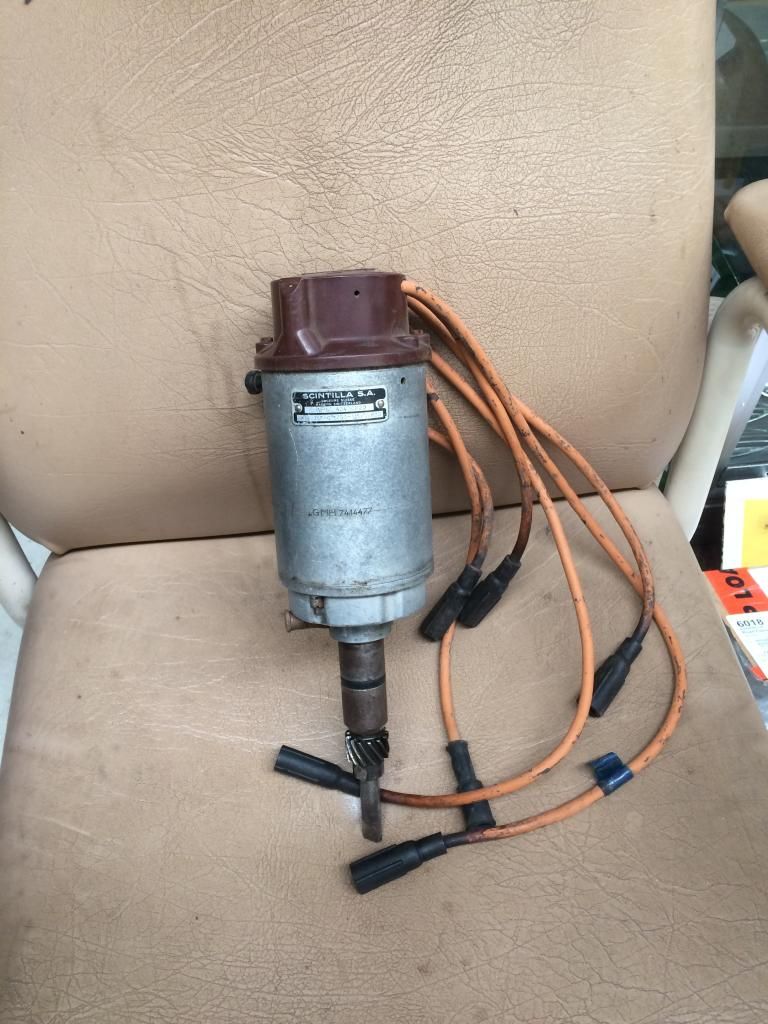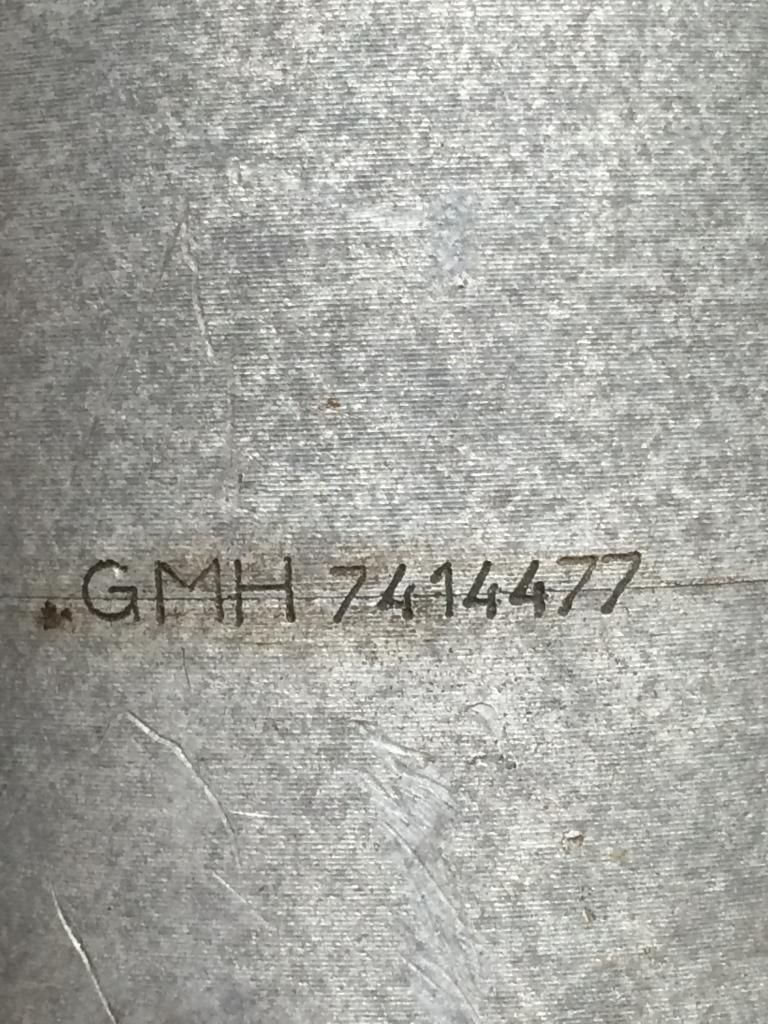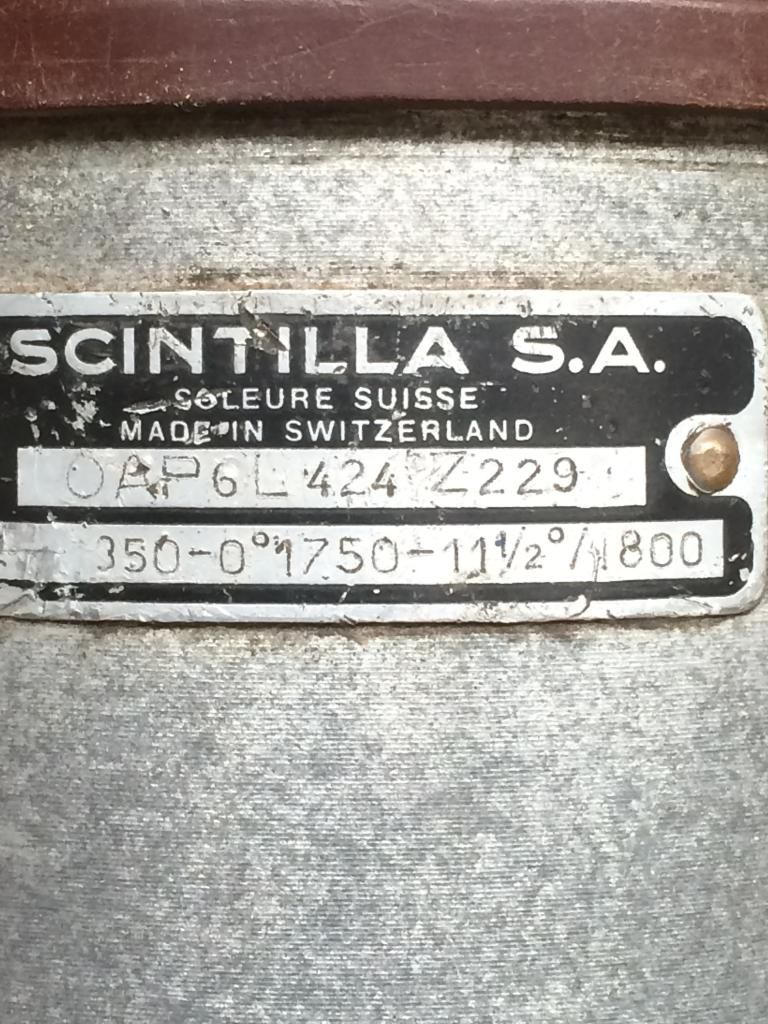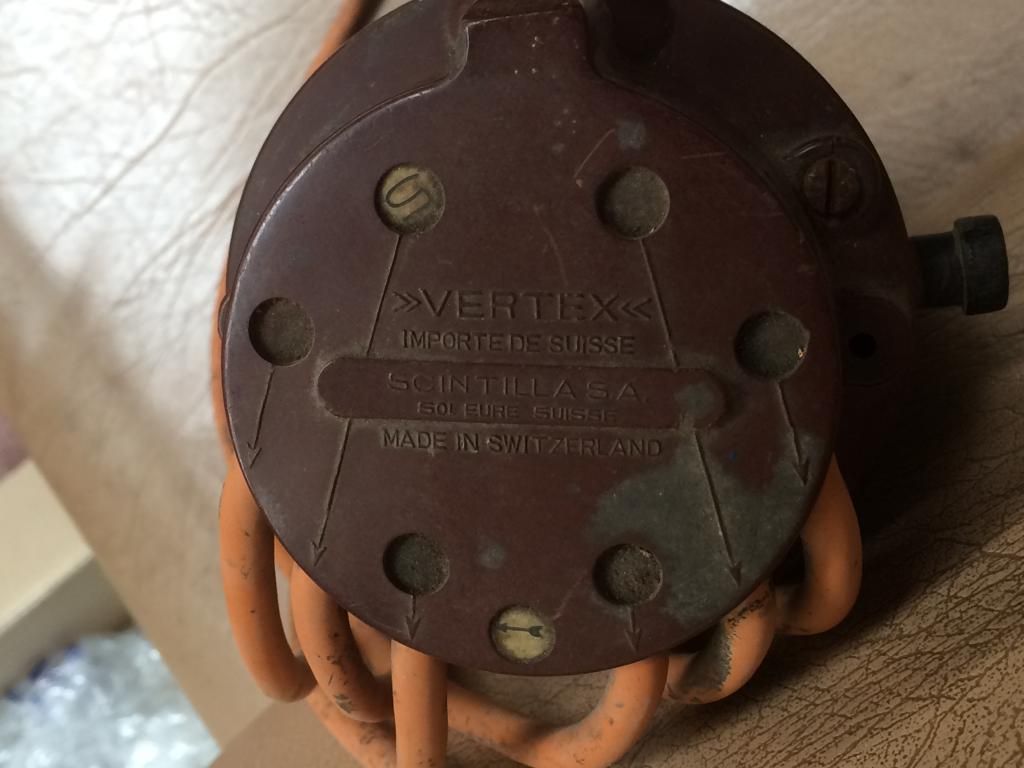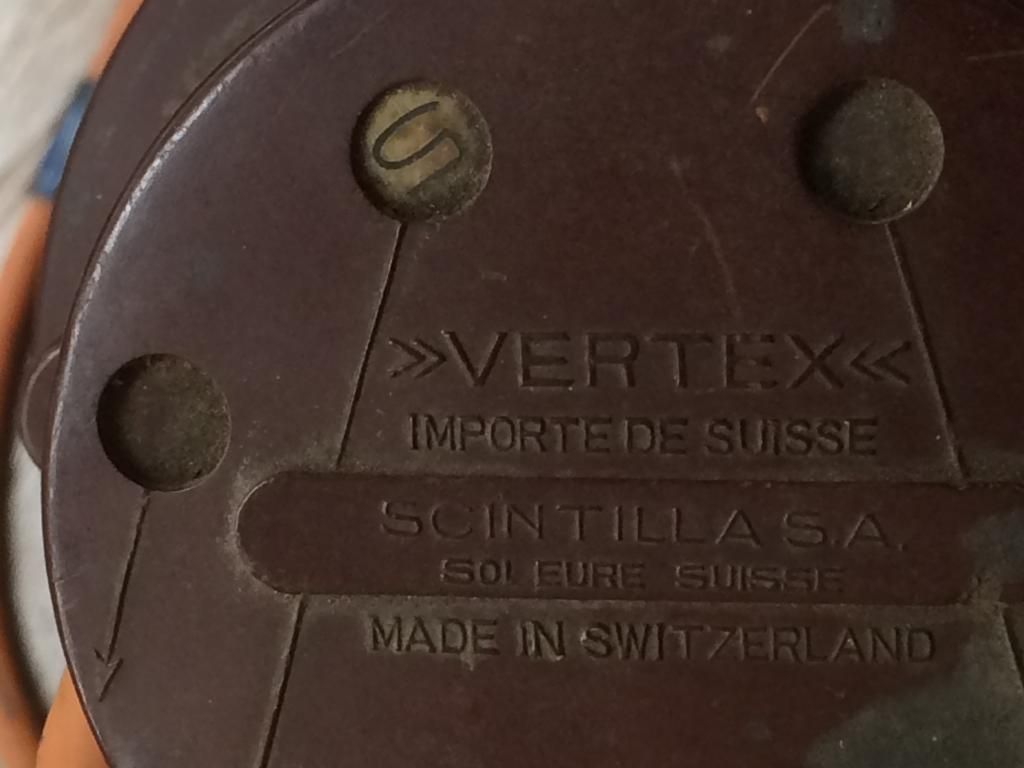I've been stashing away info on grey motor maggies for a while. They seem to be a bit like Norman superchargers - rare, cool, hard to understand, multiple variants and full of myths (with a fair sprinkling of bullshit). I'm going to use the thread below to store the info I have to hand, and some of the learnings I've had in fiddling with my maggie.
Like my grey motor Yella Terra head thread, I don't think this will end up as a Guide... but it should be a decent resource anyway.
As a starting point, I’ll take a look at the Vertex magneto. The Vertex originally started out made by Scintilla, a Swiss company in 1917. Scintilla had a number of divisions – for example it appears that it’s power tool division now belongs to Bosch.
On the magneto side, the aviation maggie business appears to be separate from the automotive maggie business. In 1921 Laurence Wilder obtained the American agency and brought the Scintilla aviation magneto to the US. By 1924 the Scintilla Magneto Company, a Swiss firm with headquarters in New York City, had a combination assembly plant and sales office in New York City and began manufacturing aviation magnetos in Sidney (no, not Sydney
The Vertex automotive magneto part of the Scintilla business appears to have been sold differently. The table below (which I have summarised from The Rodders Journal #35 and #54) gives the history of the Vertex part of Scintilla’s business, along with means to identify the different Vertex variants.
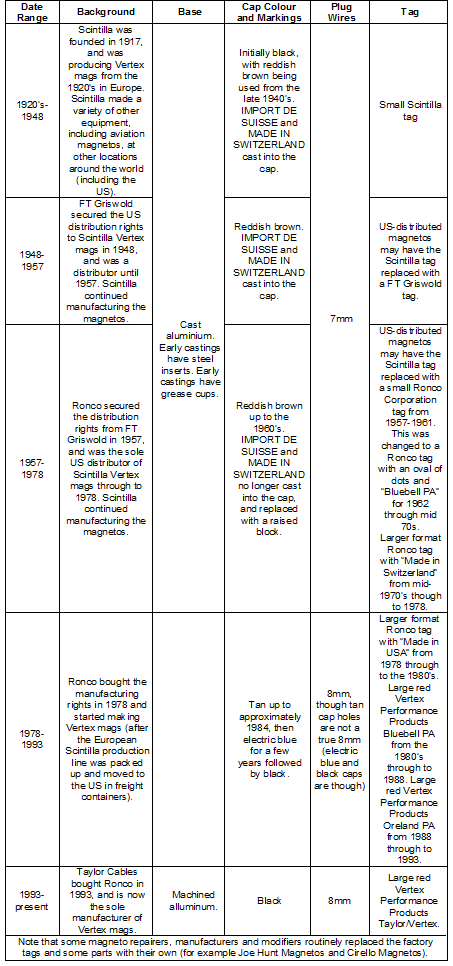
Examples of the various caps and tags are shown below:
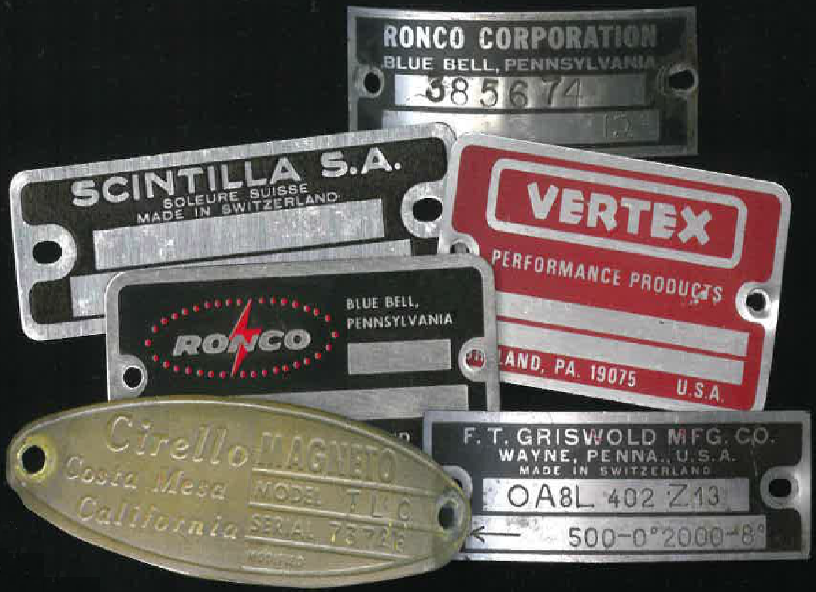

Advertisements for the various incarnations of the Vertex are shown below:
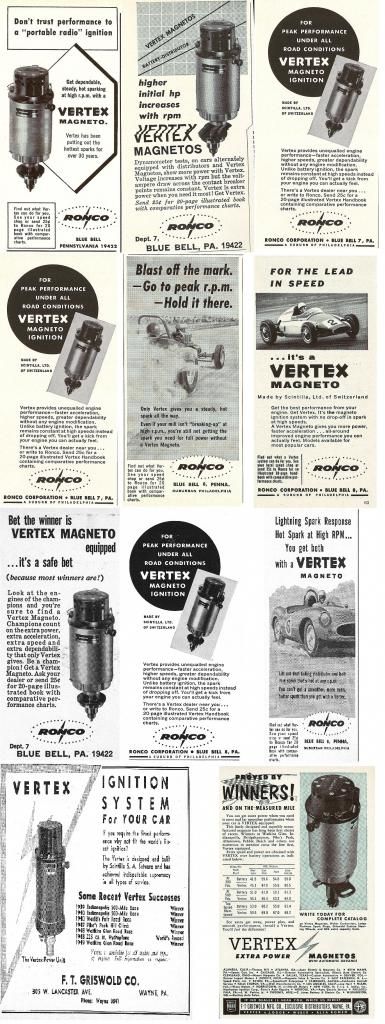
Many of the grey motor Vertex magnetos that are for sale on eBay and at swap meets are likely to be imports from America, bearing tags similar to the above and with the drive modified to suit the grey. However, GMH offered a magneto as an option on the grey motor industrial engine (as option 391). GM maggies have a Scintilla tag. The GMH magneto was often used where the industrial engine would not have any electrical system – the battery was deleted, the starter replaced by a hand crank, the distributor system replaced by the maggie, and the electrical gauges for oil pressure and water temperature replaced with mechanical units. The grey motor maggie was a Scintilla Vertex unit, and is described really well in the National Automotive Service Company Holden Industrial Engine Parts Catalogue M33146 (1961). The diagram and parts tables below come from that source (note that I'll append the diagram and table as a separate post... I can't seem to attach it to this post).
Vertex magnetos have an identification tag which gives timing information. For example, the tag may be stamped 600-2100-14. This would mean that the magneto has 14º of mechanical advance between 600rpm and 2100rpm. Note however that both speed and degrees of advance are stated in terms of magneto speed and magneto degrees, not crankshaft speed and crankshaft rotation. The numbers that we are used to dealing with when we set ignition timing are crankshaft speed and crankshaft degrees. Both of the figures stamped on the magneto tag must be doubled in order to determine crankshaft speed and degrees of advance. In our example above, the maggie will give 28º of mechanical advance between 1200 and 4200rpm. As a comparison, our standard grey motor distributor gives 30º of mechanical advance between 600 and 3450rpm (if Scintilla was putting an imaginary tag on a grey motor dizzy, it would read 300-1725-15).
The cap of Vertex magnetos have wire position numbers (1, 2, 3, 4, 5, 6) labelled with white stickers. From the factory, the numbers indicate the sequence of firing of the magneto i.e. spark will flow from the wire labelled as #1 first, then #2, then #3 etc. This magneto firing order should not be interpreted as the firing order of the engine (for our grey motor 1, 5, 3, 6, 2, 4). To work out what magneto wire to connect to which spark plug, a table is drawn up, with the top row being the numbers from the magneto, and the bottom row the firing order. For our grey motor:

This means we connect the magneto cable labelled 1 to spark plug 1, magneto cable 4 to spark plug 6 etc. The original Scintilla document describing this process is shown below:
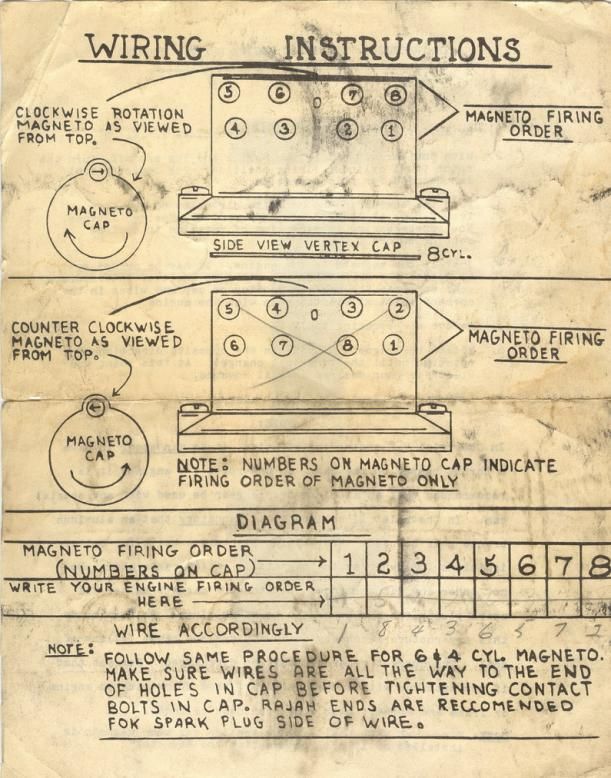
Notwithstanding the above, be sure to examine the magneto cap closely. Many Vertex magnetos have undergone overhaul, with the stickers available as reproductions. Looking at some photos of freshly overhauled grey motor maggies, it appears that the stickers have been put onto the magneto in the engine firing order rather than the magneto firing order. Caveat emptor.
Pictured below is my Scintilla Vertex. It’s a pre-1978 unit made in Switzerland, which has been later modified by Joe Hunt Magneto. The maggie was run by Dud Lambert, a South Australian speedcar driver in one of his Holdens back in the 1960s. It runs fixed timing – the mechanical advance unit has been removed and replaced with a factory Scintilla locking set. The cap has been mislabelled with the engine firing order rather than the magneto firing order.

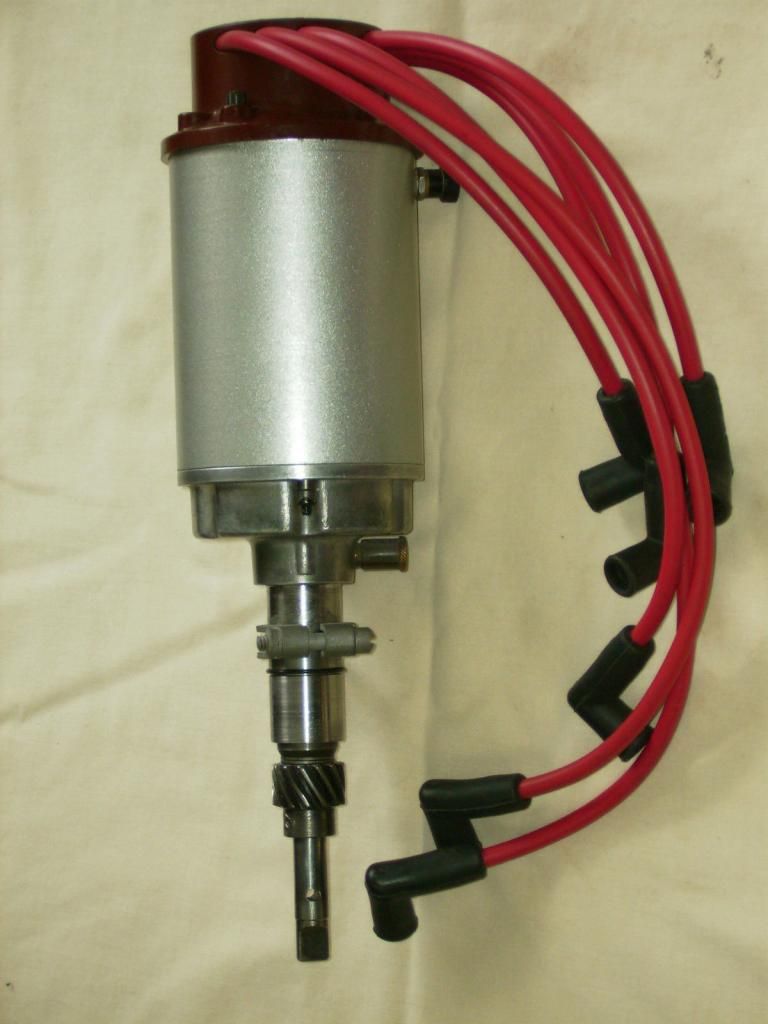
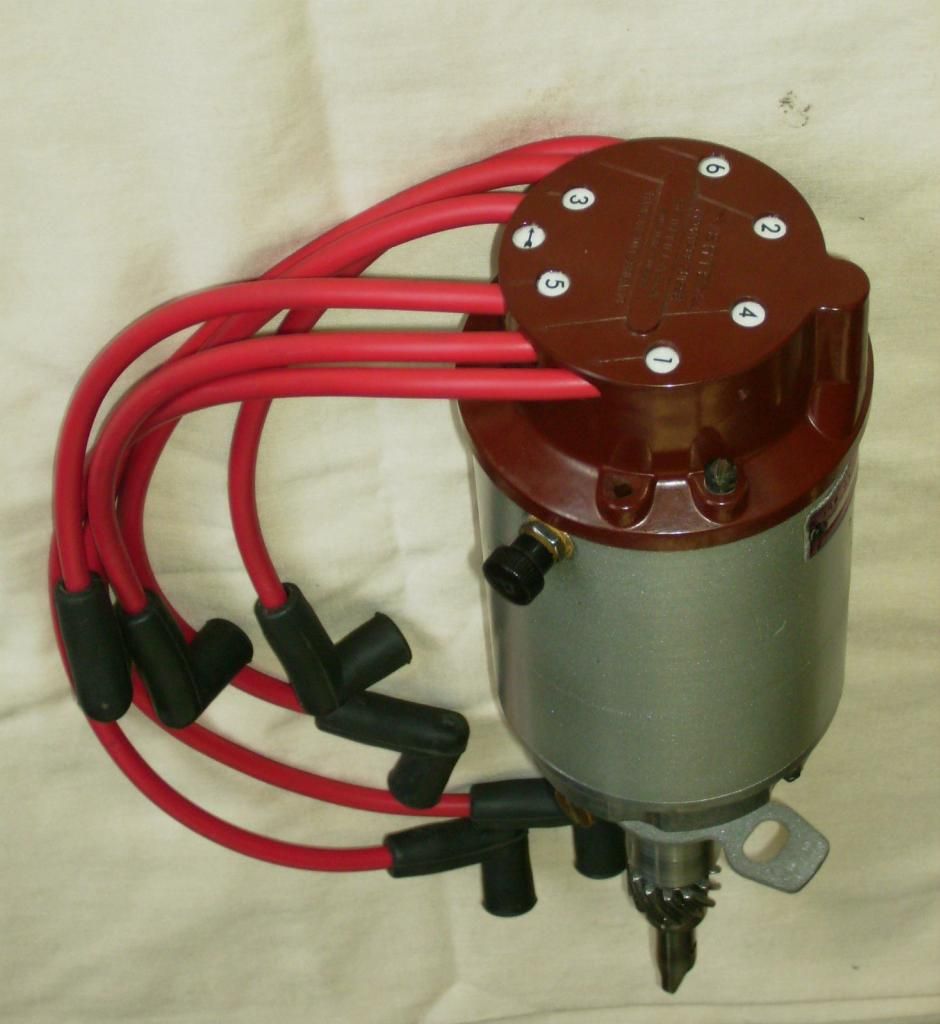
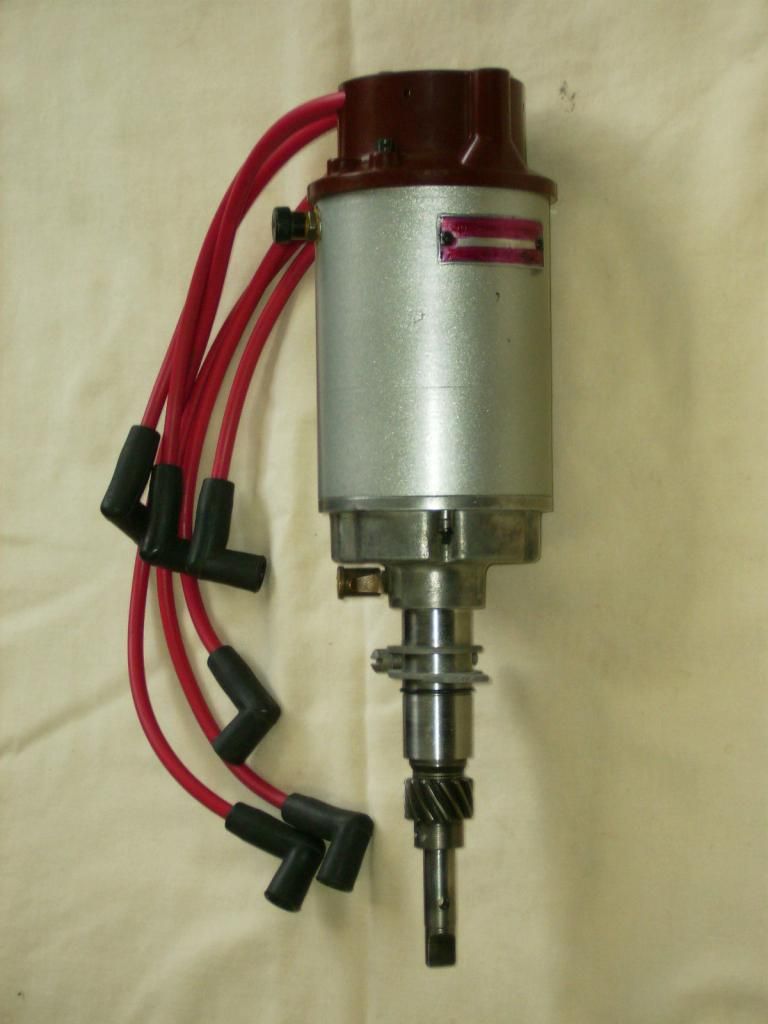
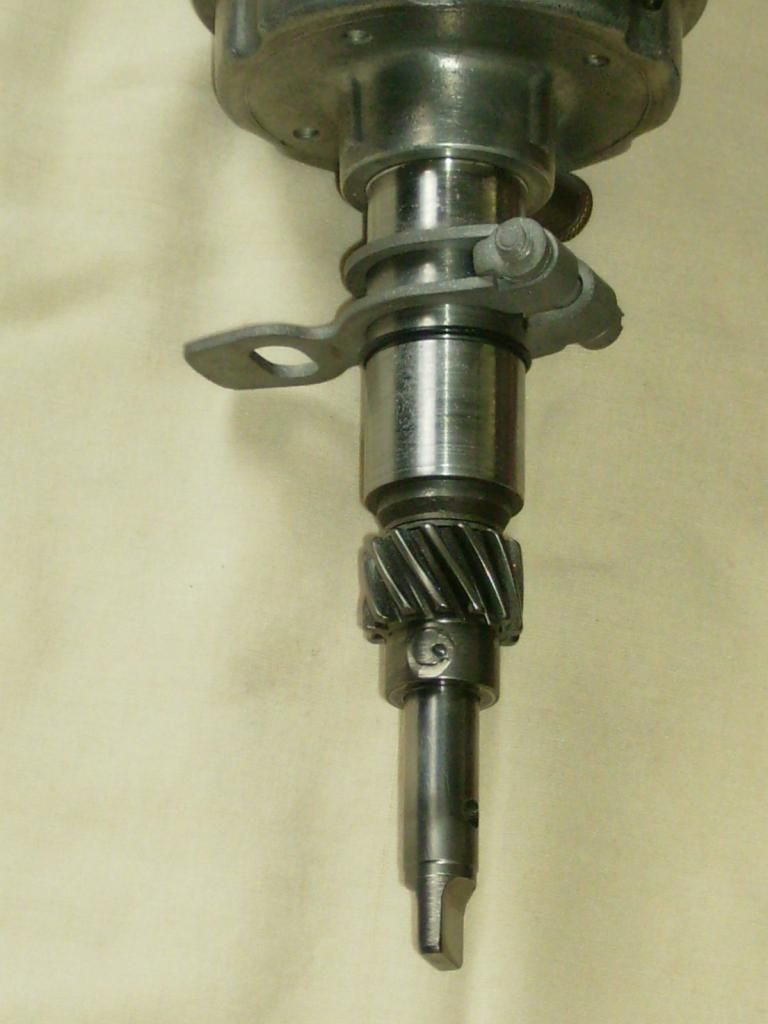
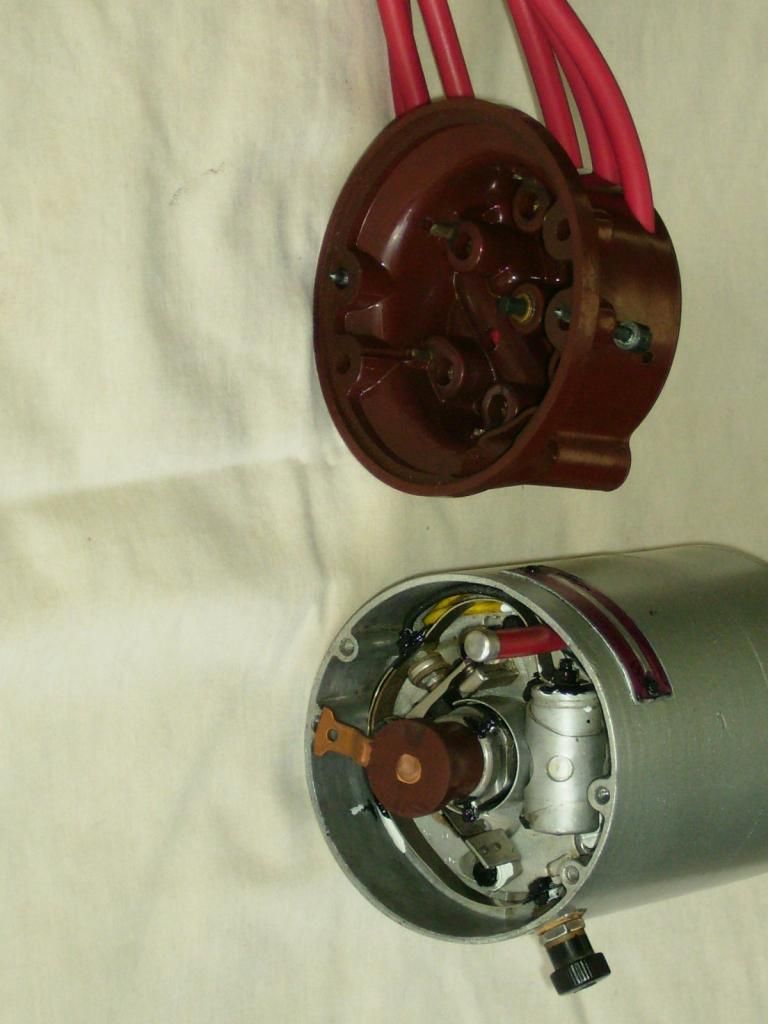
As a closeout to this post, I’d like to present the Scintilla Shuffle (with thanks to I. Jeremiah Palmer for bringing this to light). The Scintilla Shuffle is like the Curley Shuffle, made famous by Curley of the Three Stooges. To do the Scintilla Shuffle, hold one of the maggie high tension leads in one hand. With the other hand quickly spin the drive shaft. The dance created is called the Scintilla Shuffle. For those of you with fathers like mine that thought it hilarious to have their kids hold a live V8 plug lead, you probably already know the steps.
Cheers,
Harv (deputy apprentice sparkplug tester, nyuk nyuk nyuk).

